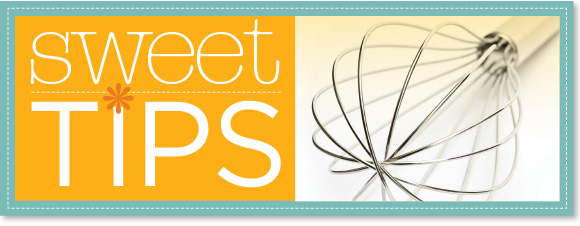Sweet Kitchen Tips 27

As we leave winter months behind and enter spring, most cooks will start to make lighter dishes. Techniques like steaming, blanching, poaching and even boiling will take center stage our kitchen stoves. Let’s talk about some of these, we can start with boiling and simmering.
First let’s identify what simmering versus boiling is. When small bubbles rise to the surface and barely break, the water is simmering. Shivering is a step below simmering, the water barely ripples. A simmer is the first phase of a full boil, when big bubbles pop to the surface and small bubbles cling to the sides of the pan and if you keep that stove dial on high, then you are headed to a rolling boil
A couple of things to think about…
Don’t boil a dish any longer than briefly, boiling deteriorates odors and an aroma, simmering helps preserve them.
Start slow-cooking root vegetables in cold water and bring it to a boil. This prevents them from getting mushy on the surface.
A covered pot boils faster.
Don’t want boil-overs? Rub the inside of the pan with oil, or lay a wooden spoon across the top of the pan (exception – it does not work for milk).
Green vegetables can be toss into boiling water, but then we have moved to another technique, which is blanching.
Blanching is a quick dip in boiling water, not long enough to cook the food. Anything can be blanched, but it is most often used with fruit and vegetables. The most common reasons to blanch something is
To set bright colors
To soften food (some foods need blanching before they are grilled, so they won’t char before being cooked through.
To halt the enzynes that causes browning and decay
To loosen tender skins so they can be slipped off
To reduce bitterness.
A couple of things to think about….
When blanching, use 3 quarts water per 1 pound produce if you can add a bit of vinegar to the water to give vegetables a quick flavor, and this helps keep them bright.
If you are blanching several different vegetables in succession, save the water and save time and energy. Skim out the vegetables instead of draining the saucepan.
Cool blanched produce quickly, to stop the cooking and keep the color vivid. You can dunk them in ice water, spray them with cold water, or spread them across a rack or cutting board set over the sink.
Then we have poaching, which is the art of cooking food gently in liquid just below the boiling point - when it’s just beginning to show some quivering movement. The amount and temperature of the liquid used depends on the food being poached. Meats and poulty are usaully simmered in stock, fish in court-bouillon - a broth made by cooking various vegetables and herbs, usually with either wine, lemon juice or vinager added as well. Eggs in lightly salted water, often with a little vinegar added. Fruit is often poached in a light sugar syrup. Poaching produces a delicate flavor in food, while imparting some of the liquid’s flavor to the ingredient being poached.
I can talk about steaming, but that is a whole post on it’s own, which I will cover on our next sweet kitchen tips.
